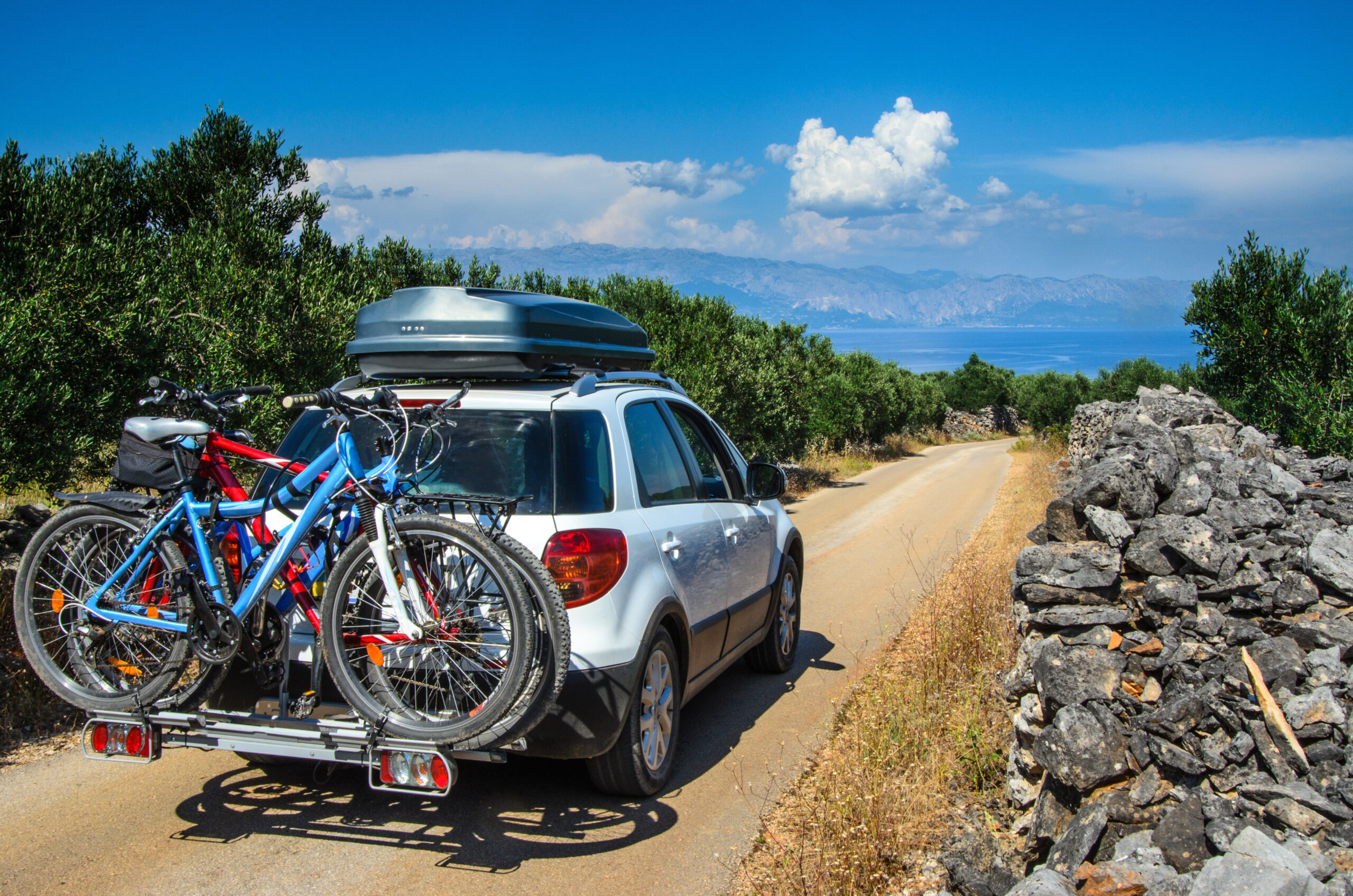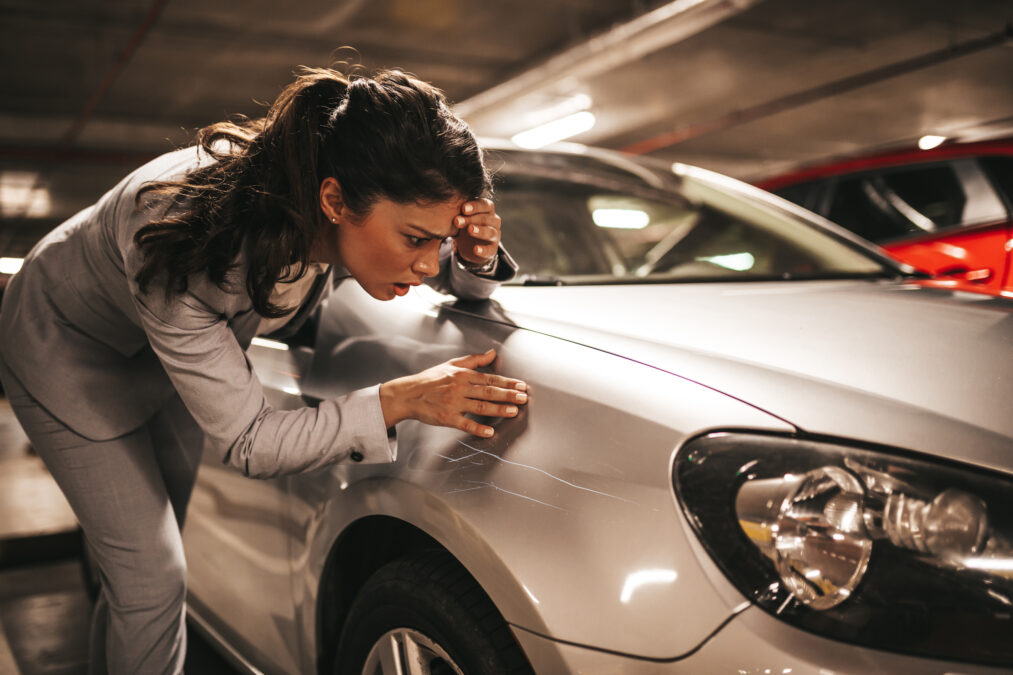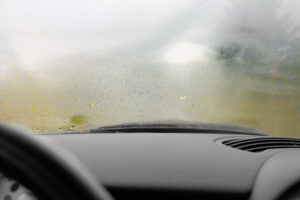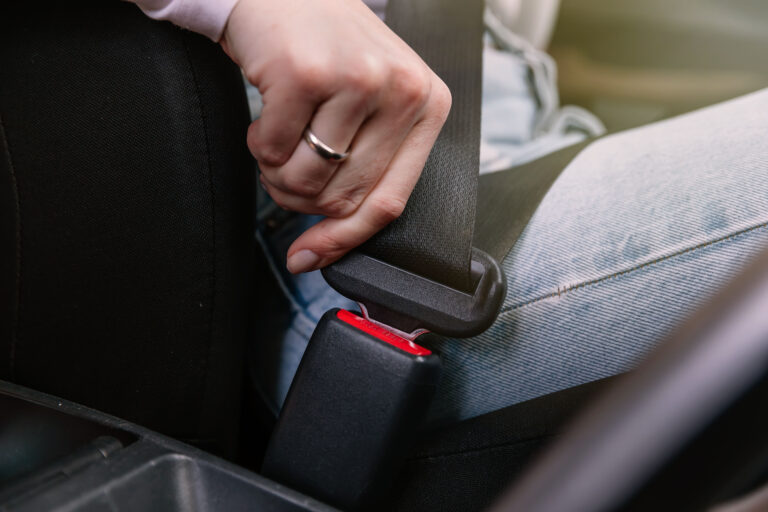
Your Guide to: Hiring and Driving a Car Abroad
Whether you’re taking your own car abroad or planning on hiring one when you arrive, we’ve got the perfect guide for you.
Here’s a comprehensive guide so you can have a smooth and affordable car rental experience when you’re on holiday. Read on for your guide to hiring and driving a car abroad.
At GoSkippy, we can help you find a great travel insurance quote here. We can also show you some fantastic Car Insurance quotes here.
How to Drive Your Own Car Abroad

Before starting your journey, read up on the driving laws and requirements of your destination. This includes local road signs, speed limits, and which side of the road you’ll be driving on to avoid any surprises.
Do I need an International Driving Permit?
Check if you need an international driving permit (IDP). You usually don’t need an IDP to drive in the EU, Iceland, Liechtenstein, Norway or Switzerland if you have a photocard driving licence issued in the UK. There are some exceptions to this though, so definitely check on the government website or with the embassy of the country you will be driving in.
Keep emergency contact details in your passport and share your itinerary with someone in case you run into any trouble. Additionally, carry extra funds for unforeseen circumstances.
How to Find Out if My Current Insurance Covers Driving Abroad:
To check if your current insurance covers driving abroad, review your policy documents or contacting your insurance provider directly. Ask about coverage for international driving in any countries you plan to visit. Check if your policy includes liability, collision, and theft protection overseas. If you have a GoSkippy policy, you can find your policy documents by logging into your portal here.
Make sure you have the right documents to hand, including:
- Your home country’s driving license.
- Valid car insurance
- National insurance number
- Valid tax and MOT for the duration of your trip
- Proper identification (typically a driving license, though some countries may require a passport)
- V5C car registration document
- European Breakdown cover policy details. At GoSkippy you can add EU breakdown cover to your car insurance policy – Get a quote
How to Hire a Car Abroad

The alternative to driving abroad is hiring a car once you reach your destination.
How to Find the Best Car Hire Deals
- Compare Prices: Use comparison websites to evaluate prices from various car rental companies. Websites allow you to filter options based on your preferences, so you can get the best deal for your needs. Some of the best websites include Kayak, Rental Cars and Expedia.
- Check for Hidden Fees: Be aware of potential hidden charges such as additional driver fees, young driver surcharges, or fees for crossing borders. Read the terms and conditions carefully to avoid unexpected costs.
- Consider Off-Airport Locations: Renting a car from an off-airport location is often cheaper than picking up your vehicle at the airport. However, if you’ll need to spend money getting to the car rental place, factor this in and weigh up what would be the best value.
- Look for Discounts and Promotions: Keep an eye out for discounts, special promotions, or membership deals that can reduce your rental costs. Booking through your airline or hotel might offer some perks.
- Book Early and Ahead: Booking ahead, well in advance, will often be cheaper than walking in on the day. If you forget to do this, check for any last-minute deals online.
For more fantastic tips for the best deals on car rental, try Money Saving Experts.
Understanding Rental Car Insurance and Fuel Policies
Understanding the insurance and fuel options that come with your rental car is crucial to getting the best deal. Check if your UK credit card offers rental insurance abroad.
Key Rental Car Insurance Options:
Collision Damage Waiver (CDW)
- Includes: Damage to the rental car in collisions.
- Doesn’t Include: Tyres, windshields, roof, and undercarriage.
- Excess: Often has an excess.
Theft Protection (TP)
- Includes: Theft and attempted theft of the vehicle.
- Doesn’t Include: Personal belongings.
- Excess: Possibly has an excess.
Third-Party Liability Insurance
- Include: Damage to other cars or injury to others.
- Limitations: Coverage varies by country.
Personal Accident Insurance (PAI)
- Includes: Medical expenses and accidental death for driver and passengers.
- Doesn’t Include: Pre-existing conditions. Be sure to mention these.
Super Collision Damage Waiver (SCDW)
- Includes: More comprehensive than CDW, reduces or eliminates the excess charge.
Personal Effects Coverage
- Includes: Theft or damage to personal items in the car.
- Limitations: Coverage limits may apply.
Supplemental Liability Insurance (SLI): Provides extra liability protection.
Whichever you choose, make sure you know what is important to you. For example: If you are travelling with expensive items, theft protection or personal effects insurance will be vital.
What Fuel Policy should I choose?
Rental companies usually offer two main fuel policies:
- Full-to-full system: You pick up the car with a full tank of fuel and you need to return it with a full tank of fuel. This method is usually the most cost-effective, because you only pay for the fuel you use.
- Full-to-empty system: You pick up the car with a full tank and can return it with any amount of fuel left. Usually, you pay upfront for the full tank at a more expensive rate than you would get a petrol station, and there are no refunds for unused fuel. So unless you drop the car off with 1 mile of fuel left, you are wasting some fuel.
Essential Tips for a Hassle-Free Car Rental Experience

Once you’ve secured your rental, ensure you follow these steps for a hassle-free experience:
1. Inspect the Vehicle: Before driving away, thoroughly inspect the car for any pre-existing damage and ensure it’s documented in the rental agreement. Take photos or videos as evidence. When you return the vehicle, the rental company will inspect the car. Anything that wasn’t documented, will be assumed to be your fault.
2. Plan Your Fuel Stops and Refuelling Strategy: With a full-to-full fuel policy, plan refuelling stops in advance. Find out where the nearest petrol station is from the rental company and on route to your destination. Make sure you know where to fill up before returning the car to avoid hefty refuelling fees.
3. Keep The Car Rental Company Details Handy: Keep the rental company’s contact information handy, along with local emergency numbers. Knowing who to call in case of a breakdown or accident is vital.
4. Return your car on time: Return the car on time to avoid late fees. Some companies may offer a grace period, but it’s best not to rely on it.
5. Do a Thorough Final Inspection: Conduct a final inspection with the rental company to confirm there’s no new damage. Keep all of your paperwork until your rental deposit is refunded.
Safe Travels!
When traveling abroad, it’s crucial to have a valid travel insurance policy. If you plan on driving, ensure your car insurance policy is also valid.







